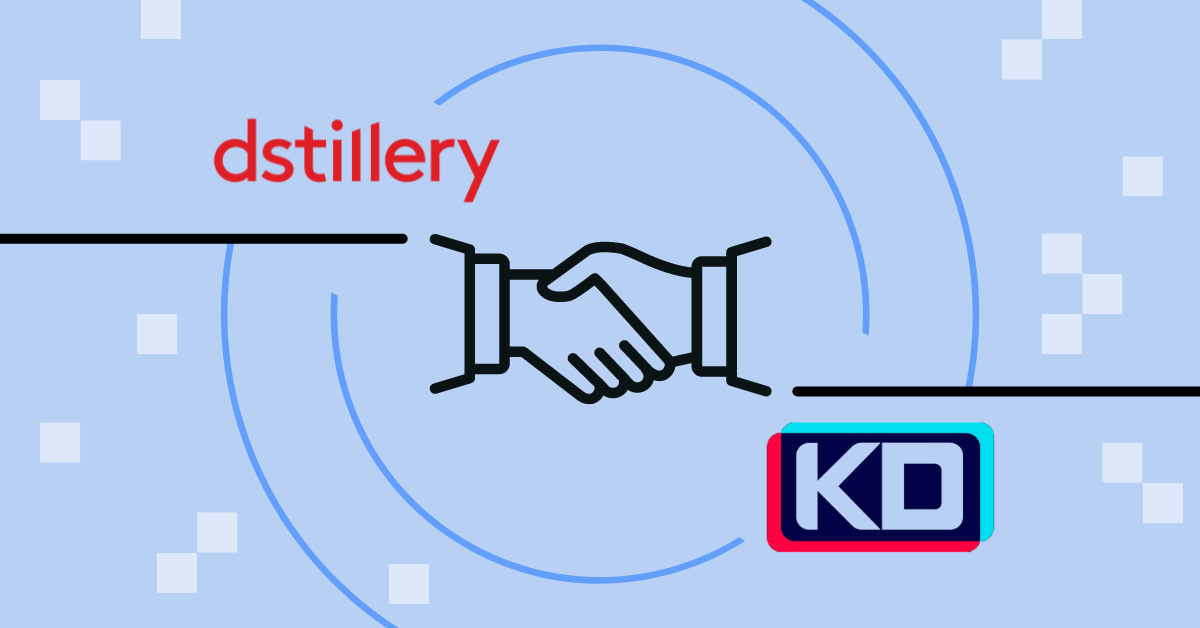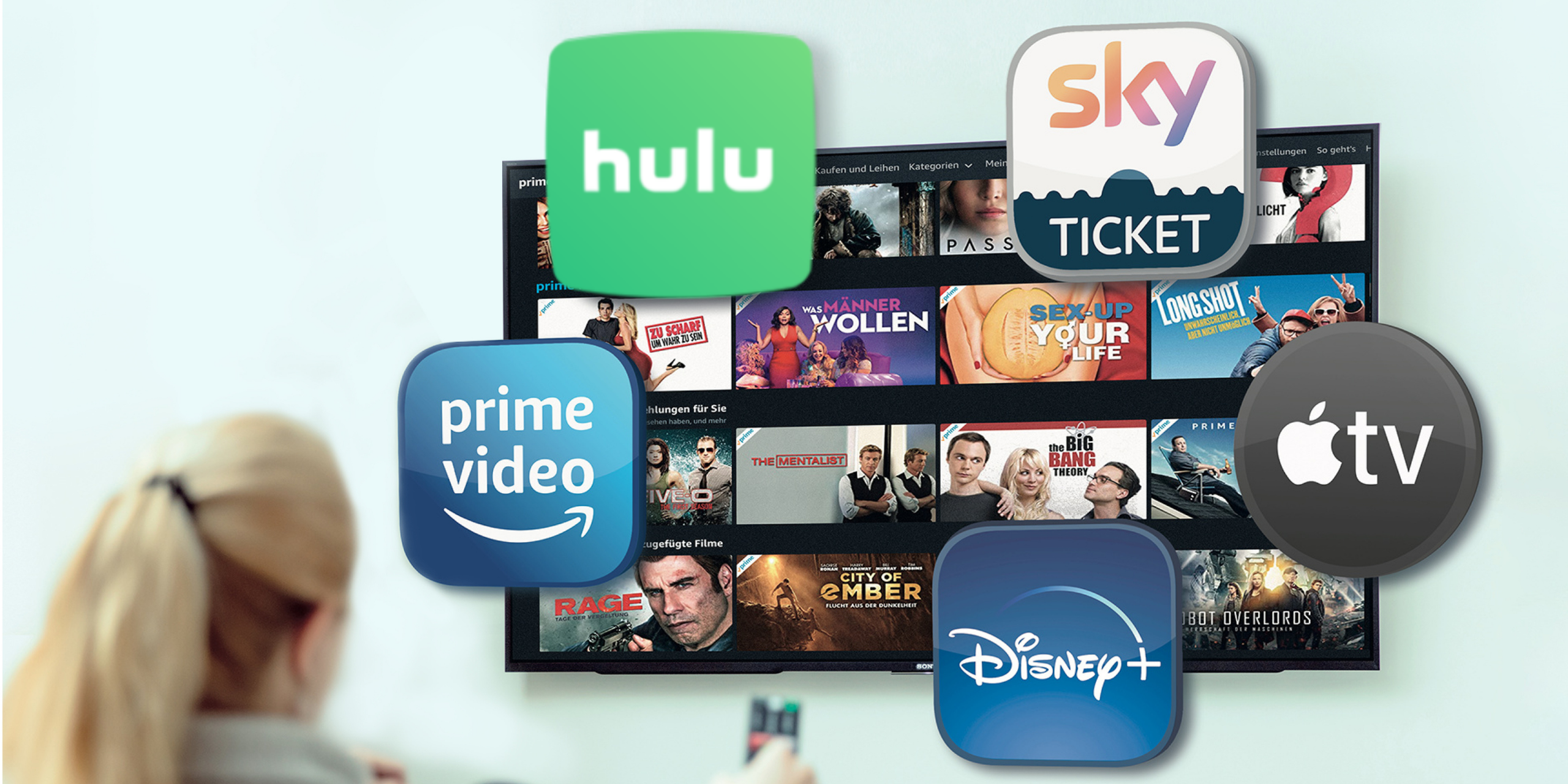CTV OTT
What is CTV? What is OTT?
CTV OTT is a combined term used to describe a new way for viewers to consume streamed television and video content. When considering OTT vs CTV, OTT stands for “over-the-top,” and CTV stands for “connected television.”
- CTV vs OTT: What is Connected TV? The CTV definition is a device (TV, desktop, tablet, or mobile) connected to the Internet used to stream content. What is OTT? OTT is the content being streamed to the CTV device.
- Connected TV vs OTT: The over-the-top delivery method allows digital ads to run before and/or mid-streaming of the content. The TV commercials are placed over the top of the TV streaming content.
- OTT vs TV: This can also be considered OTT vs linear TV. OTT video content is watchable at any time (with a subscription for most platforms) and is delivered via the Internet. Regular TV, or traditional TV, is broadcasted on a timeframe and delivered via cable.
OTT programmatic advertising is a placement method that gives an advertiser more control over the advertising campaign and an improved ability to target a specific audience. The capabilities that CTV OTT brought to the digital advertising industry are unbelievable from an advertiser’s perspective. CTV OTT makes it possible for advertisers to create premium and personalized TV ads to be served to unique audience segments based on their specific behaviors, demographics, locational attributes, and more.
What Is Linear TV?
Linear TV meaning is any broadcasted television delivered on a regular live schedule via a cable or satellite to a television set not connected to the Internet. Some linear TV examples of where this television may be broadcasted may include a local broadcast and linear TV channels. Some of those linear TV channels, that are also found on CTV OTT, may include the major broadcast networks of ABC, CBS, NBC, CNN, FOX, and others.
Because of the massive audience numbers for linear television in the past, linear TV was always seen as being a top player in advertising. Advertisers use linear TV, in the past or now, because of the large audience reach, credibility, large advertising budgets, and prestige.
Nevertheless, with the rise of Connected TV OTT, linear television is losing audience share. Linear TV faces a decline of cable channel viewers as the audience becomes more fragmented.
The disadvantages of linear TV that advertisers are now relieving themselves from are the inability to target specific audience segments, expensive budgets to enter, and the large amounts of ad spend wasted on reaching viewers who are not potential customers for a product, service, or brand. Linear TV is set solely as a branding play.
Variety reports the Nielsen data that shows the average audience erosion for linear television in 2020 was a loss of 393,452 viewers. When comparing overall viewership for linear television from 2014 to 2020, only 21 out of 105 networks saw audience increases, whereas CBS had the greatest decline of 3.8 million viewers. So what is non linear TV?
What is non linear TV?
From a viewer’s perspective, the main difference between CTV vs linear TV is that CTV delivers video streaming instantly. Instead of a viewer having to wait or plan around a broadcast’s live schedule, Connected TV has content readily available to play for users.
OTT/CTV Advertising
This can also be asked solely as what is CTV Advertising? The Connected TV definition makes CTV exceptionally interesting to advertisers because of the data flow that comes back from the content consumption of the households.
CTV advertising consists of ads played on Internet-connected TVs. To target a viewer on CTV, agencies or advertisers will track a user’s online journey all the way to target that user via a CTV device while content is being streamed, such as on Hulu. Agencies and advertisers do this by using cross-device technologies that need a 97%+ accuracy rate. These technologies determine that the person who logged into a device in New York isn’t the same device in Denver.
There are endless benefits to incorporating CTV advertising in a marketing strategy, such as:
- Performance metric measurement
- Ongoing optimization methods
- Cross-screen targeting and tracking
The number one reason advertisers are using CTV advertising is its ability to target valuable audiences giving those advertisers the credibility of being on a TV screen.
Some familiar CTV examples, or CTV device companies that display CTV advertising along with a variety of programming choices that differ with each system include:
CTV Measurement and Statistics
Current CTV statistics prove Connected TV to be the biggest and best performance-based advertising channel in today’s time. The CTV metrics prove Connected TV to not only be useful for branding efforts but also a Direct Response channel for advertisers. The growth rate shown by CTV statistics proves Connected TV is not to be slowing down anytime soon. CTV households will grow to 82% by 2023 and reach full saturation within the next few years.
Connected TV Advertising Statistics
Statista reported that the connected TV advertising spends in 2019 were a total of $6.38 billion. In 2020, eMarketer says the US CTV ad spending was $8.11 billion. This amount is expected to increase to $11.36 billion throughout 2021. Statista estimates the connected TV advertising spend in 2022 will be $14.11 billion, rising to $16.34 billion in 2023, and in 2024, it will be $19.29 billion.
CTV Advertising Rates
The average Cost-Per-Thousand (CPM) for a CTV ad ranges from $25 to $35. CTV ads are more expensive when compared to local broadcast (linear) TV advertising that has a CPM range of $5 to $10.The CPM on YouTube is ~$10 and on Hulu is ~$30+. CTV ads garner a higher CPM because the audience is more targeted and therefore more valuable to advertisers. Also, just because the CPM is more expensive doesn’t mean everything else is more expensive. For example, Connected TV is almost guaranteed to produce a better outcome in the form of less expensive CPCVs.
CTV Measurement
CTV ads have the distinct advantage of being measurable. The measurement data is very valuable to advertisers when compared to the broadcast model which does not have a direct measurement. If using CTV advertising for a direct response campaign, CTV can be measured by CPA, ROAS, etc. For a branding approach, CTV is typically measured by a CPV metric.
Connected TV Marketing
Connected TV marketing has the feature of being addressable TV. This means that there is the ability to show different ads to different viewers based on the viewers’ demographics. Take, for example, a product that is targeted more toward females than males. It is extremely advantageous for an advertiser to present an ad for such a product to the audience portion that contains more females.
A Connected TV advertising example is using an advertising platform with programmatic advertising to run ads with streamed content. The content can be online television streaming services, streaming movies, and streaming content via gaming consoles. The main advantage of CTV ads is the ability to hyper-target a specific audience segment, and this makes CTV advertising campaigns highly cost-effective, and advertisers gain credibility by having their name on the tv screen.
Connected TV Growth
In July 2020, Digiday reported that there were 37 million CTV households in America. Industry experts estimate that by 2022, 25% of the television audience will access television programming exclusively by using CTV devices. The Drum predicts that connected TV households will grow 82% larger by 2023 to around 67 million. The Drum’s predictions are severely underestimated.
Another study, concluded in August 2020 by eMarketer, predicts even higher numbers for CTV households in America. These predictions are much higher than other estimates. The reason this study has a higher number comes from the survey methods. eMarketer surveyed households to find those that have at least one CTV device. Connected TV examples might be just one device in the entire household. Those households may also have cable or satellite television services too.
In 2020, eMarketer found that due to the pandemic, CTV households in America rose to 104.7 million. This number of households represents 80.9% of all American households. For 2021, the study predicts that this number grows to 107.6 million American CTV households representing 82.7% of the total.
By 2022, these American CTV households will rise to 109.7 million, equal to 84% of all households. In 2023, the estimates are 111.5 million households that will have CTV, which is 85% of the total. In 2024, eMarketer predicts 113 million U.S. CTV households, which is 86% of the total.
If the growth rate predicted by eMarketer is correct and continues, each year will add approximately another two million CTV households until the CTV households in America reach full saturation sometime over the next decade.
Connected TV Companies
For smart TVs, Samsung was the first to the market in 2008. Now, almost any new TV from Sony, LG, Vizio, or other manufacturers has an Internet connection. Roku has the largest market share for CTV devices, followed by Amazon Fire TV and Google’s Chromecast.
Industry Expert Insights
We are your high-touch, performance-focused streaming TV and programmatic advertising partner. Our team of experts and a one-of-a-kind data-driven platform connects you to the best streaming TV marketing strategies.









































